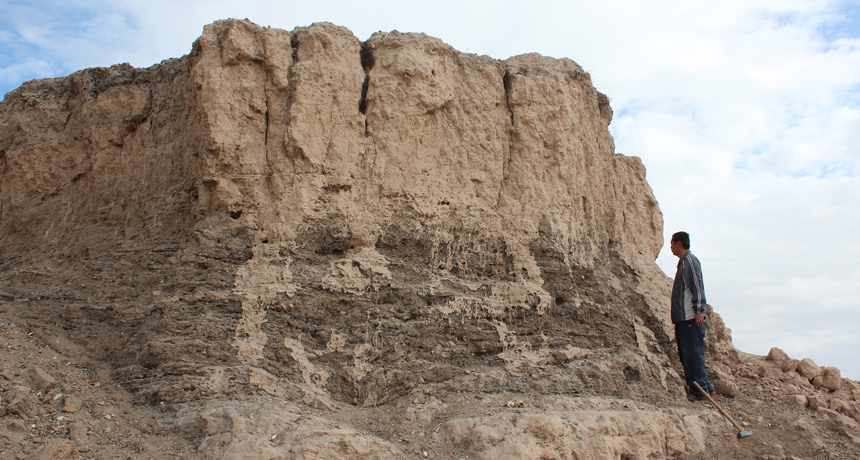Barley elevated Central Asian farmers to ‘the roof of the world’
Hardy western crops allowed villagers to ascend the Tibetan Plateau

TIBETAN HIGH A researcher examines dark-colored sediment bearing cultural remains at a roughly 2,800-year-old farming village located 2,800 meters above sea level on the Tibetan Plateau.
G.H. Dong